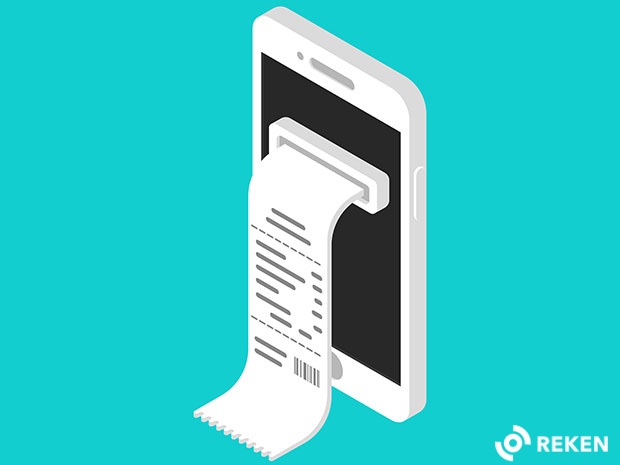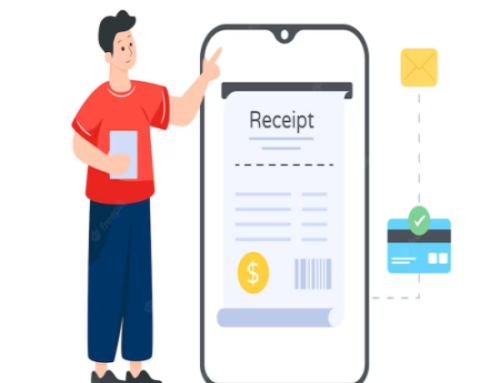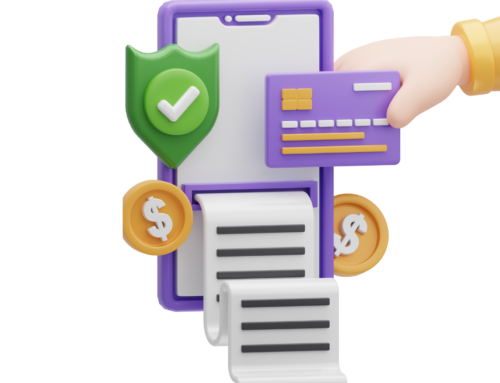Paper receipts are being supplanted with electronic or digital receipts in an era where technology is advancing rapidly; this transition offers convenience but also presents possible security vulnerabilities. As both businesses and consumers migrate to digital transactions, it is critical to comprehend the intricacies of digital receipt security. The objective of this all-encompassing manual is to emphasise critical elements of digital receipt security by providing knowledge on possible risks, optimal methods for safeguarding, and precautions that organisations and individuals can implement to protect confidential data.
The Emergence of Electronic Receipts
The introduction of electronic receipts has decreased paper waste and facilitated recordkeeping. Presently, electronic receipts are provided by numerous companies via email, mobile applications, or specialised online platforms. On the contrary, businesses and consumers alike must be cognizant of the novel security concerns that arise with the transition to digital transactions.
Possible Threats to Security
Breach of Data and Hacking: Digital receipts frequently compromise confidential data, including fragmentary card numbers, personal identification numbers, and transaction particulars. This information could potentially be utilised by malicious actors in the event of a data breach or hacking incident.
Phishing Attacks: Cybercriminals may use bogus digital receipts as bait to mislead people into disclosing more personal information. It is critical to distinguish phishing attempts and verify the legitimacy of digital receipts in order to prevent phishing attacks.
Identity Theft: Compromised digital receipts can lead to identity theft. The utilisation of receipt information by criminals to assume the identity of others may result in severe financial and personal repercussions.
Optimal Approaches to Securing Digital Receipts
Secure Transmission Channels: Businesses must guarantee that digital receipts are communicated via secure channels, which use encryption to protect sensitive data throughout the transmission process.
The implementation of Two-Factor Authentication (2FA) provides an additional level of security for organisations that manage digital receipts, thereby mitigating the potential for unauthorised access.
Inform the Consumers: It is of the utmost importance to instruct consumers on how to identify authentic digital receipts, detect fraudulent attempts, and safeguard their personal information. Effective dissemination of information regarding security protocols can enable individuals to make well-informed decisions.
Regular System Updates: Businesses should keep their systems, software, and apps up to date in order to patch vulnerabilities and improve overall security.
Digital Receipt Consumer Guidelines
Verify the Sender’s Information: For the purpose of ascertaining the legitimacy of the digital receipt, verify either the sender’s email address or its source.
Protect personal devices by: Passwords or biometric authentication should be utilised to protect devices from unauthorised access; this includes digital receipts stored on computers and smartphones.
Frequent Account Monitoring: Consistently reviewing bank and credit card statements can facilitate the timely detection of any suspicious activity, enabling cardholders to undertake appropriate measures.
Conclusion
It is crucial for businesses and consumers alike to comprehend the potential security risks associated with the growing prevalence of digital receipts and to adopt appropriate best practices. Individuals can minimise the risk of falling victim to cyber threats while enjoying the benefits of digital transactions by remaining informed and adhering to recommended security measures. Consumers, technology developers, and businesses must work in concert to establish a secure digital environment for electronic receipts.
Read More: Digital credit card receipts might reveal fraudulent charges







